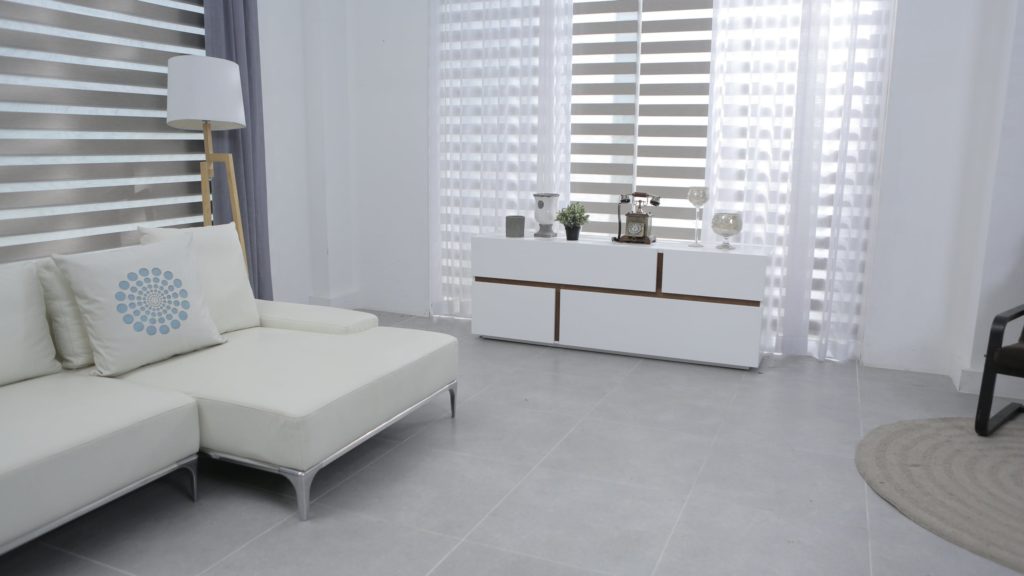
Living in a large mansion with beautiful furnishings may serve as a symbol of success. True success, however, is measured in far more subtle ways. Depression and stress affects every family. Research shows there are common conditions in homes that have a considerable effect on your family’s mental health.
Arrange Friendly and Inclusive Rooms
Homeowners seldom consider factors in rooms that divide and isolate certain family members. Tiny and cramped is different from small and cozy. Family members each have personal space factors that deserve respect. While it is not always possible to accommodate one family members need for 10 feet of space around him at all times, it is appropriate to remodel rooms and knock out non-load bearing walls to create open spaces.
Occasionally, activities and rooms isolate family members from taking part in gatherings. One woman got more depressed near the end of a family dinner. Realizing she felt isolated in the kitchen, doing the dishes, while the rest of the family gathered to watch television or play games. She cut a hole in the kitchen wall to feel more involved with her family’s activities. Consider creating open styled family rooms and kitchens to keep all family members emotionally intact.
Pay Attention to Color
Review the color themes throughout your house and check your light fixtures for bulb type. Light quality and color temperature affect stress levels and responses. The renowned periodical, Psychology Today, points to studies consistently showing fluorescent lights causes biorhythm disruptions and contributes to the biological origins of depression. Furthermore, high colors in the colder, bluer ranges contribute to muscle tension, disrupts the body’s clock and negatively affects emotions.
Bright colors tend to lift the spirits. All colors have warm and cold ranges. Cool colors do not necessarily have a negative effect on emotions, but cold, stark colors do. Babies and children respond positively to bright, primary colors, and show increased interest in their surroundings when enveloped in those colors.
Artificial Versus Natural Light
Fluorescent lights are not the only contributor to mental health concerns. Well-lit spaces are less likely to induce anxiety than shadows and dark corners. Whenever possible, make use of all natural light available to help your family. Clean the windows, trim your hedges and trees and avoid keeping heavy curtains shut constantly.
If your home is not well-positioned for natural light, consider replacement windows as an alternative. It can be well worth your effort to replace tiny, opaque panes with larger windows. Sometimes, double-paned windows become so clouded and etched from condensation that little to no light can break through them. Replacing these windows will give your home an open, airy feeling and lighten your family’s mood.
Organize Clutter
Few things are as depressing as a cluttered room that is not clean. Baskets, labeled boxes and toy containers can go a long way to clearing some of a rooms clutter. Once cleared, clean the floors and all furniture. Do not just deodorize a room, thoroughly cleaning the space is necessary for medical and mental health.
Open the curtains and let light in to show dust and dirty areas. This allows deep cleaning of all room areas that may not have seen the light of day for quite some time. Decluttering spaces and cleaning improves the outlook for everyone.
So many outside factors affect mental health. Do what you can to improve inside conditions to influence all family members’ mental health and outlook.


